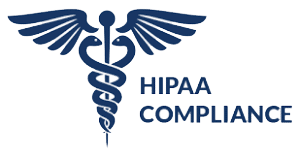Introduction
A Posterior Lumbar Fusion is performed to stabilize the lower spine and to eliminate painful movement that may be caused by one or more segments.
This procedure commonly is used to treat lumbar spondylolisthesis, lumbar degenerative disc disease and recurrent lumbar disc herniations.
This procedure can be performed utilizing a minimally invasive approach to minimize soft tissue disruption and blood loss. An implant is placed in the disc space to restore and maintain normal height while removing pressure off of the nerve roots.
This procedure can be performed as an outpatient procedure for a select group of patients who require a one level fusion. Patients who require more than a one level fusion and/or those with other medical concerns likely would benefit from an overnight stay in the hospital after this procedure
As with any surgical procedure, there are potential risks and benefits that should be discussed and considered.
Last modified: October 22, 2019





